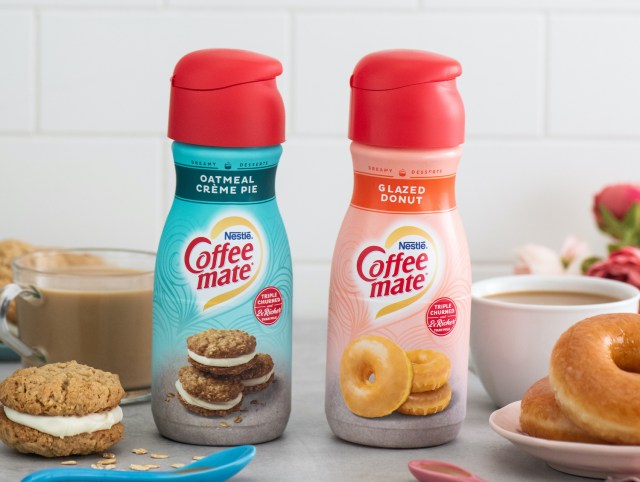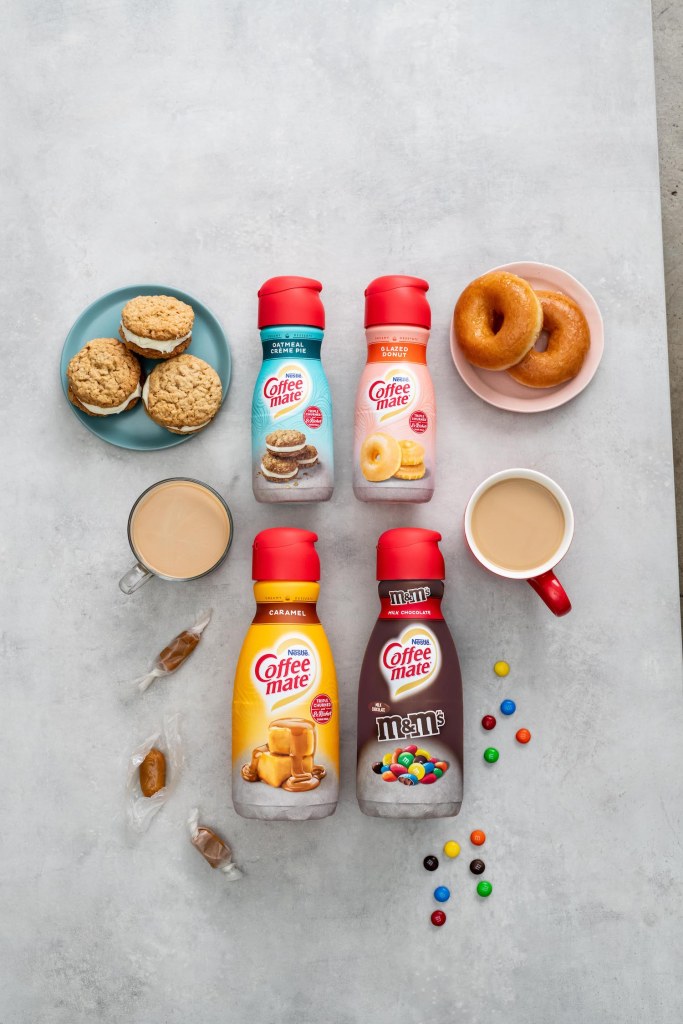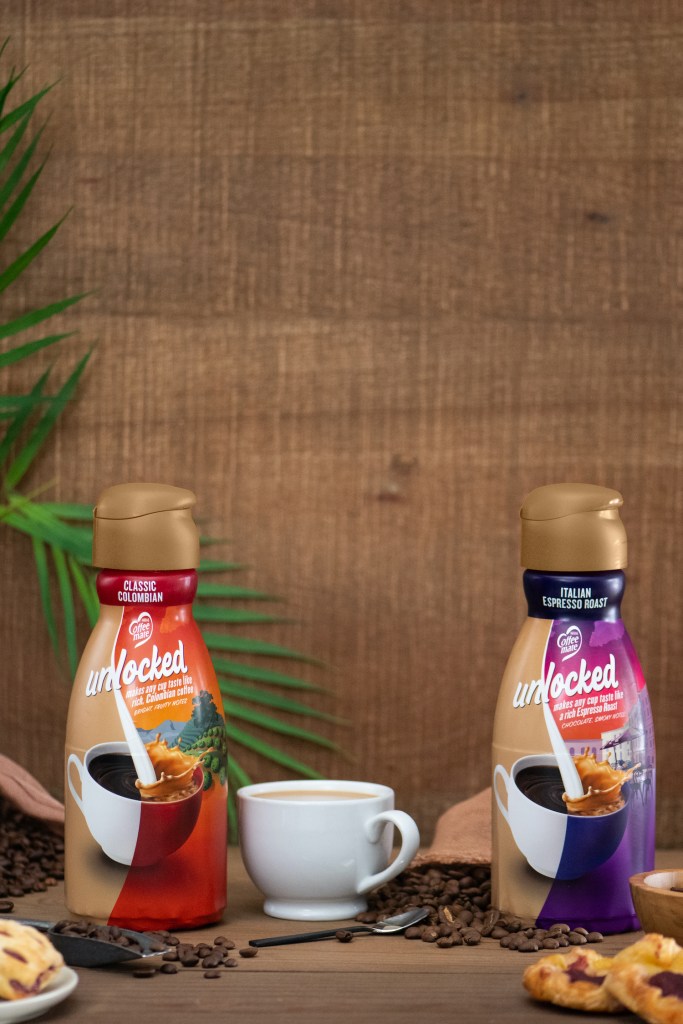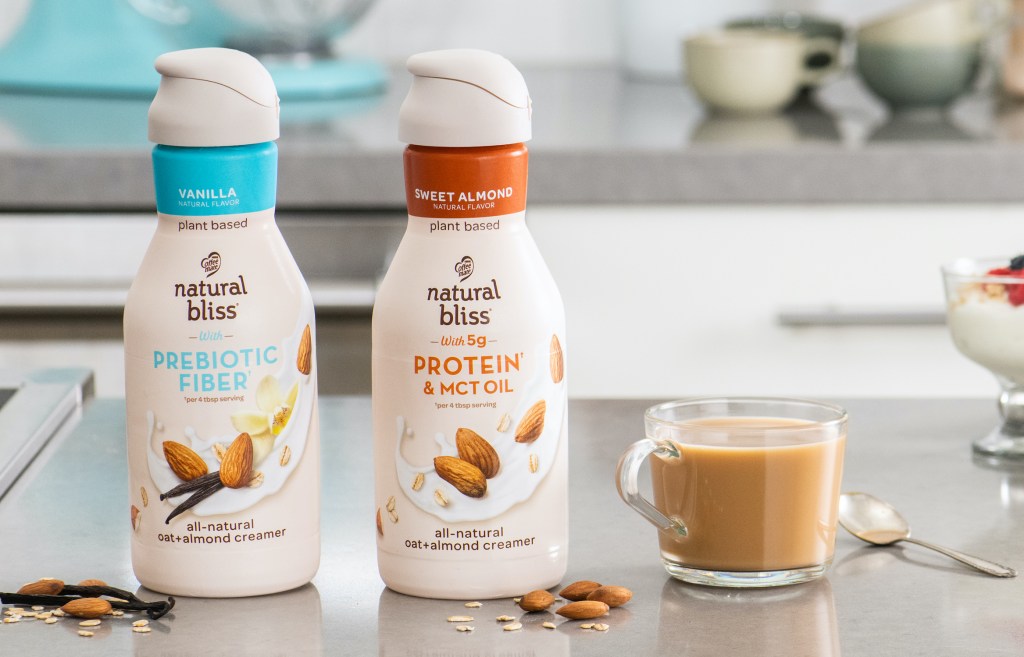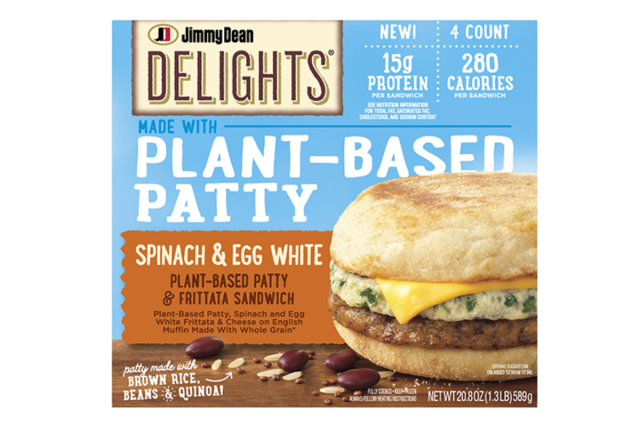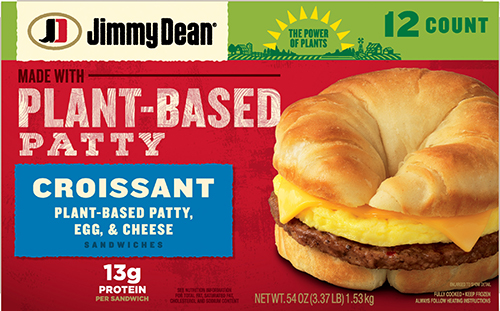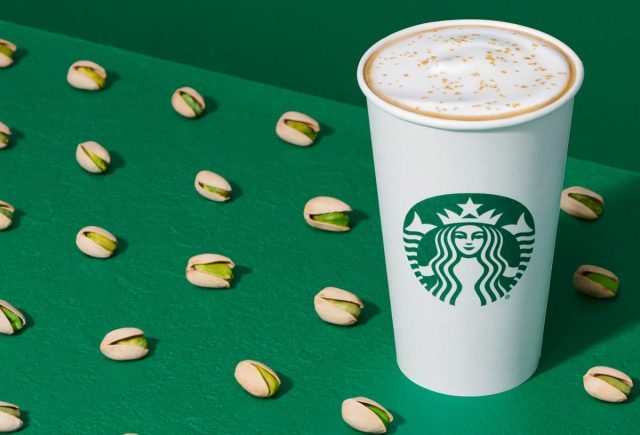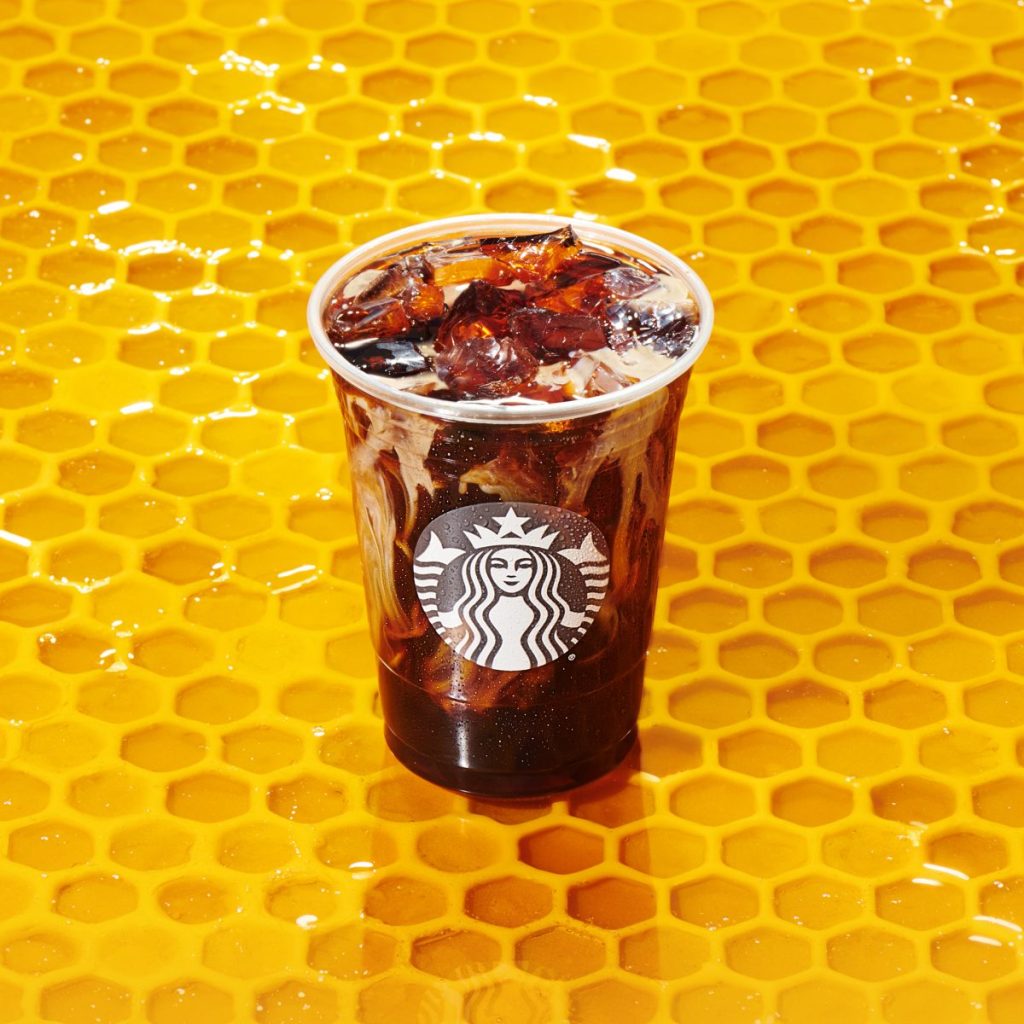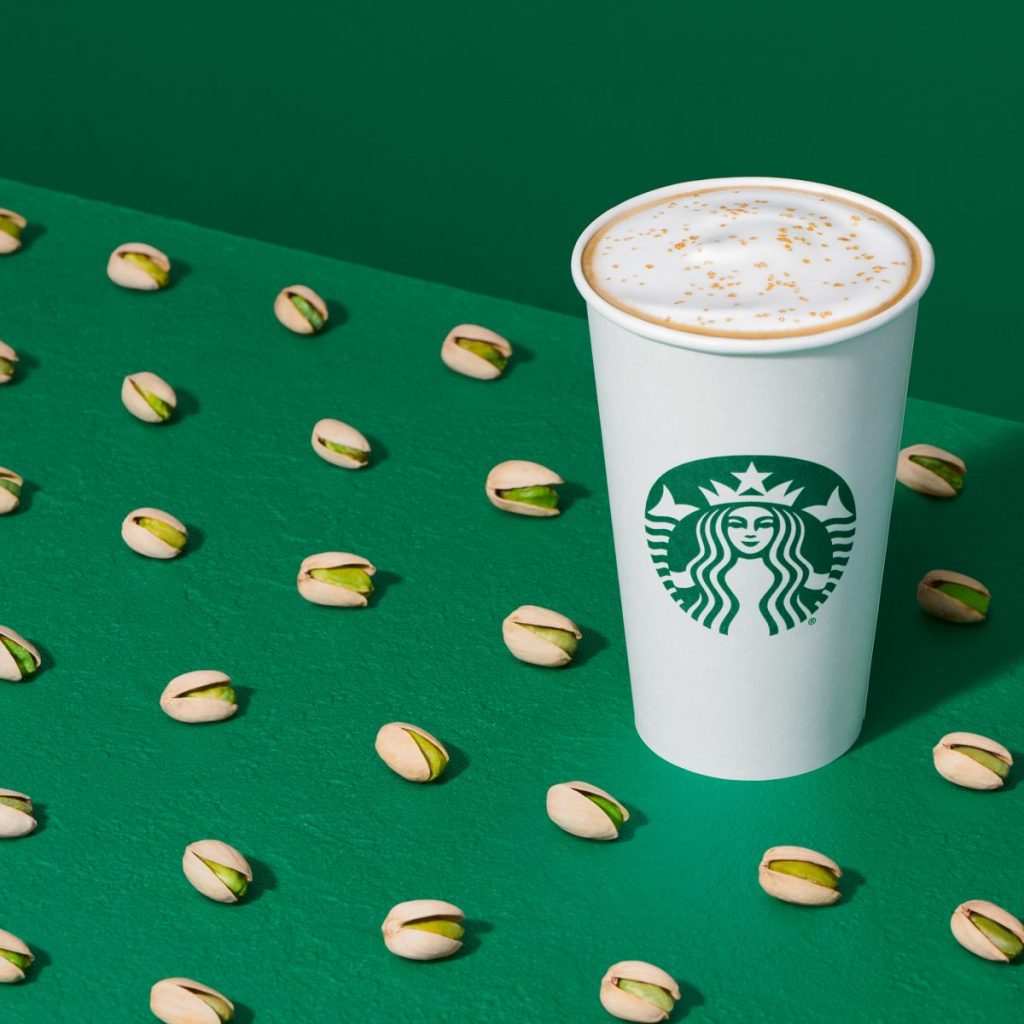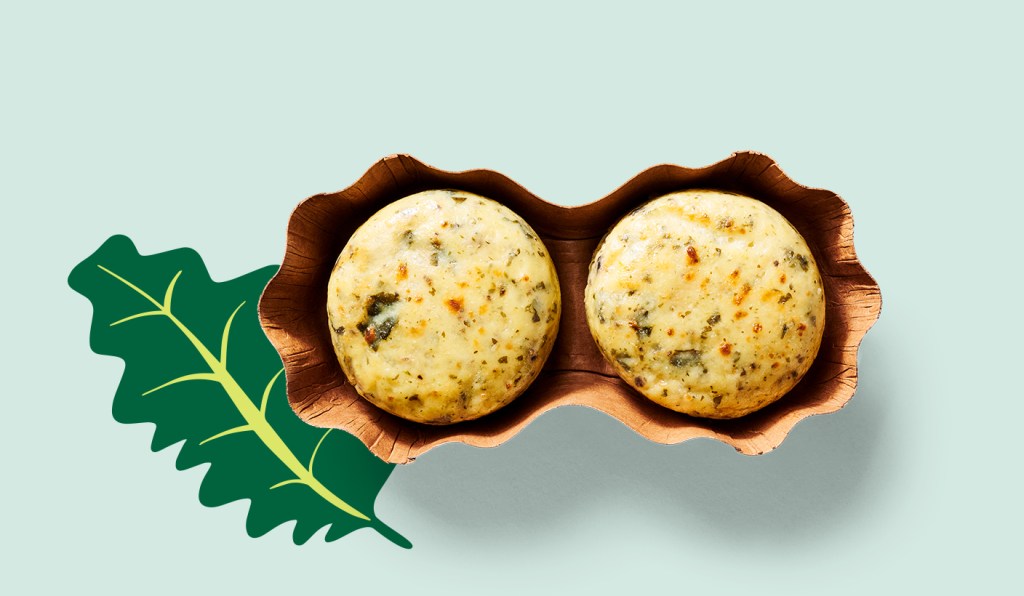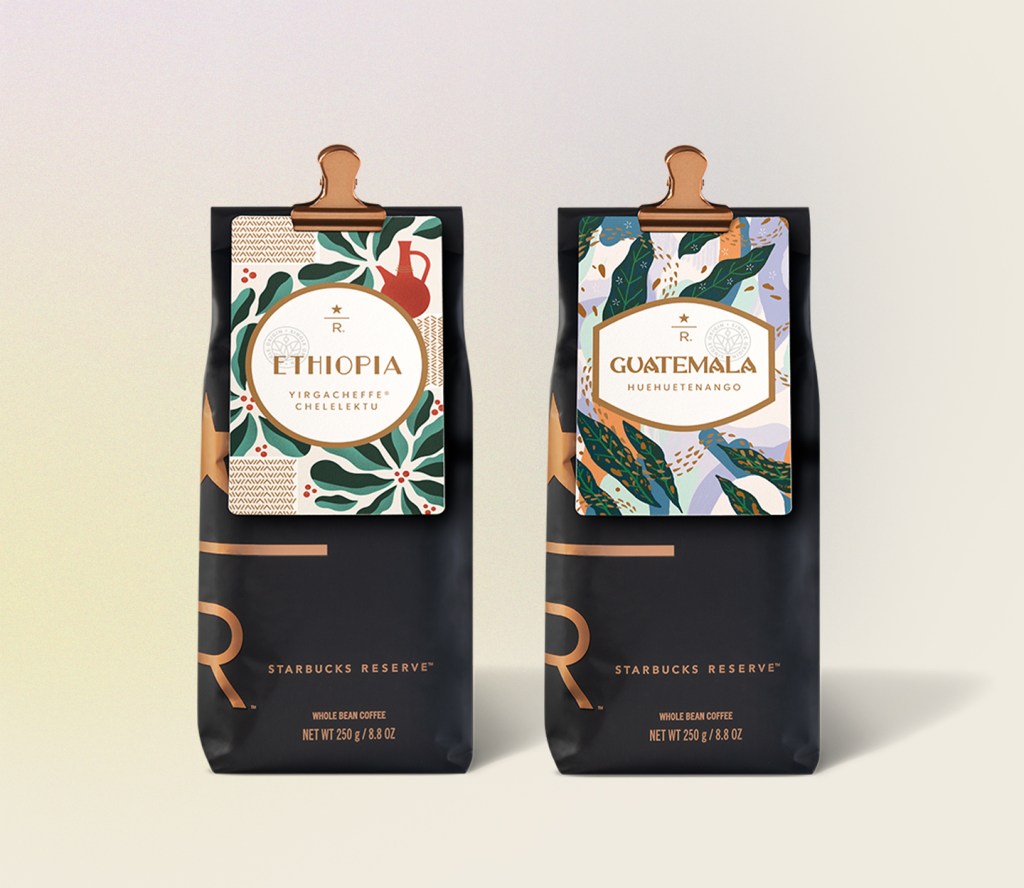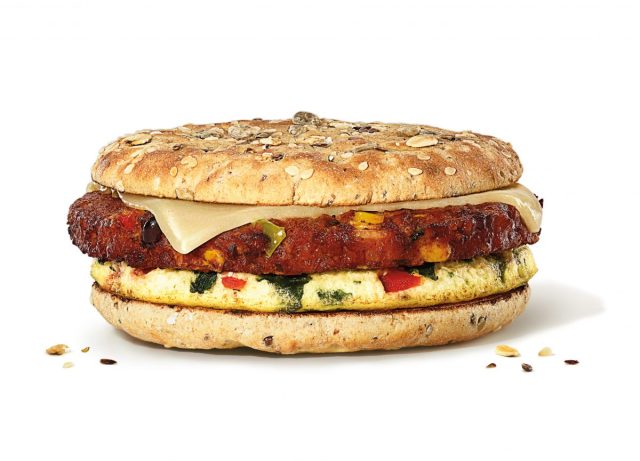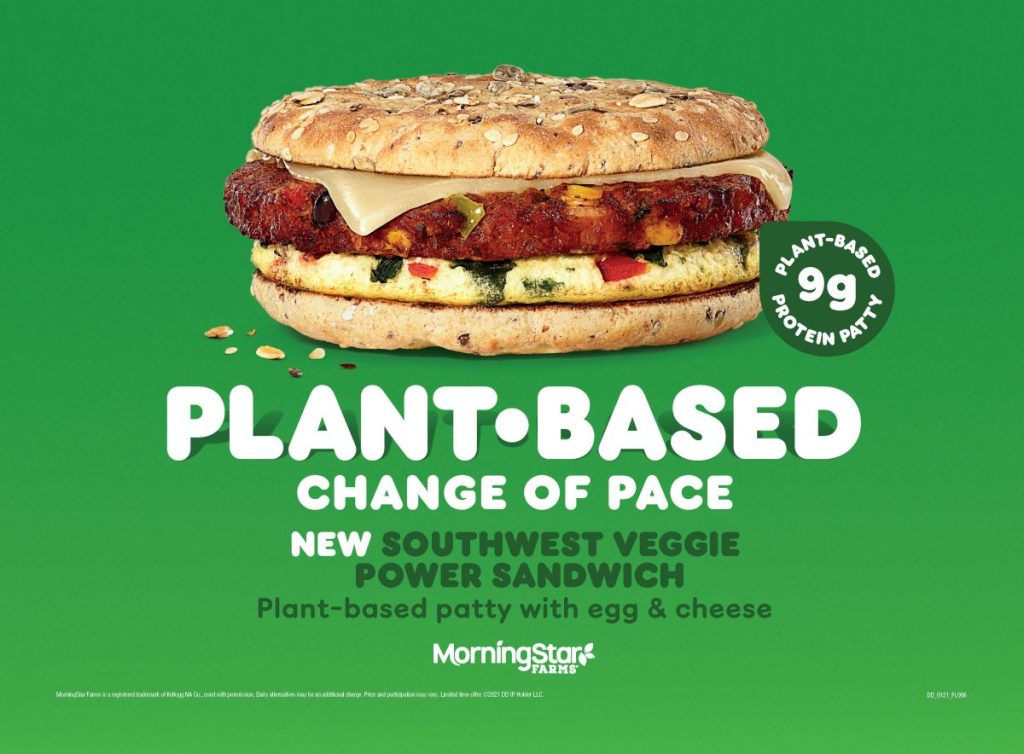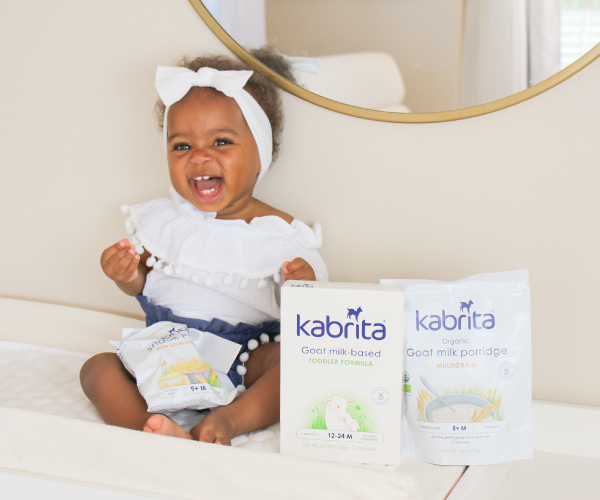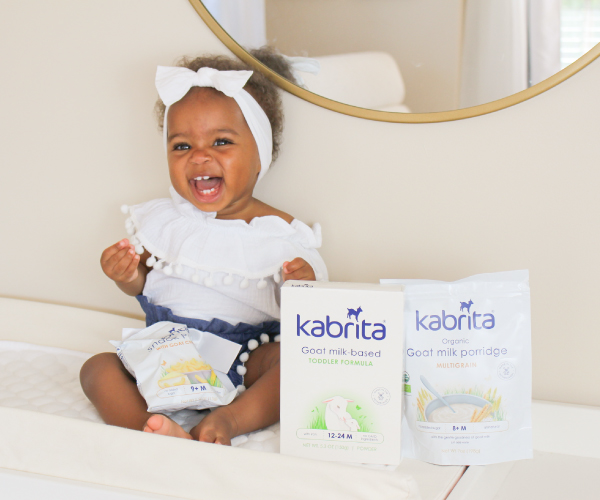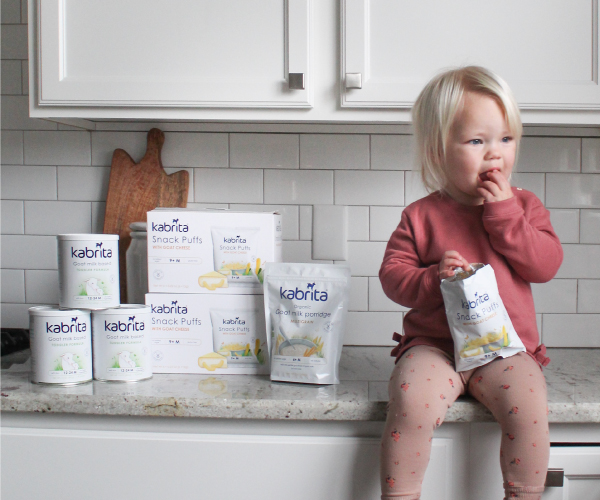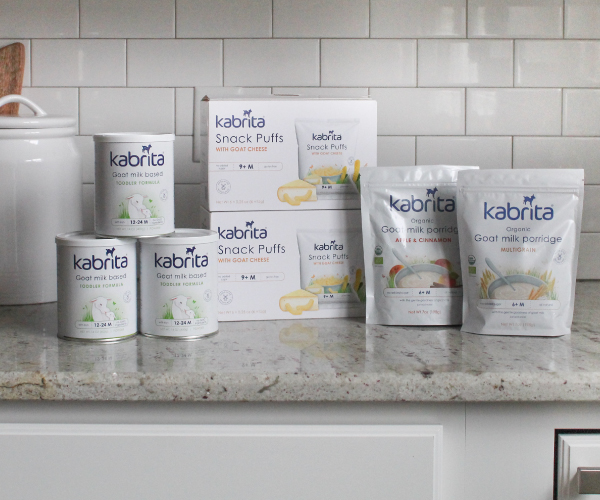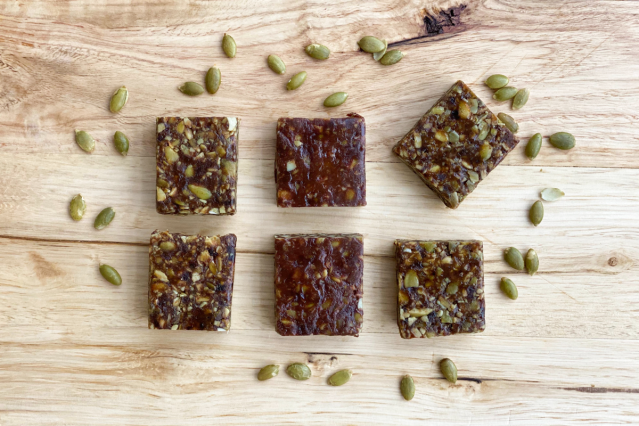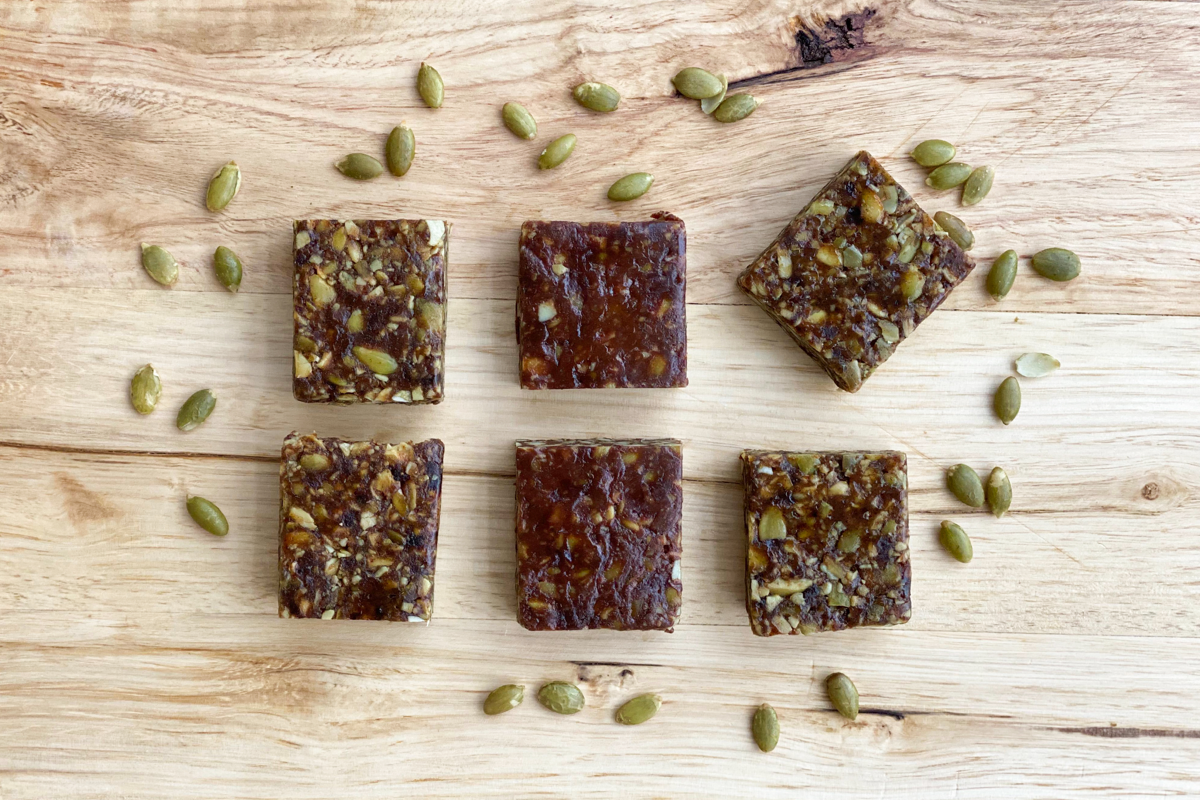
If you have a child with a food allergy, you likely already know the drill—check the food labels for potential allergens, question ingredients, and always have an epi-pen handy. But while there are some tried-and-true ways to navigate food allergies, shopping can continue to be challenging, no matter how seasoned you are.
As a registered dietitian, I have discovered some handy shopping hacks that have helped many food allergy families along the way. Here are three tips that may help make food shopping a little less stressful.
1. Be Aware of Surprising Sources of Allergens
If you are avoiding milk proteins, you already know that cheese and yogurt is off-limits. But, less-known ingredients like rennet, whey, and casein may trigger an allergic response just as much as the more familiar milk proteins.
If you are avoiding soy protein, look out for ingredients like the following to avoid a potential reaction:
- Edamame
- Tofu
- Tempeh
- Teriyaki sauce
- Natto
- Miso
- Okara
- Tamari
And if you are making a point to eliminate egg protein, also avoid the following:
- Albumin
- Globulin
- Lecithin
- Lysozyme
- Ovalbumin·
- Ovovitellin
Familiarize yourself with ingredients that contain potential allergens so you can breeze through ingredient lists with ease. Or better yet, keep a list with you when you grocery shop so you can cross-reference in real-time.
2. Skip the Bakery Case
While the freshly baked cookies and cakes may smell and taste sooooo good, the risk of cross-contamination is too great to risk. Even if a baked good is not make with a potential allergen, it is very likely that the food item has come into contact with something that touched an offending ingredient.
Yes, the open bakery concept is awesome for many reasons, but when various foods are prepared on the same mediums, certain ingredients can be left behind and accidentally mixed into other products. So, that decadent-looking peanut butter cheesecake that is baked in the same kitchen as the dairy and nut-free bread could potentially touch something that touched the cheesecake, thus contaminating the bread and potentially being a culprit for an allergic reaction.
If you need baked goods that are free from potential allergens, it is best to lean on local bakeries that certify that they can meet your needs in a safe way.
When shopping with kids, avoid the bakery to minimize the inevitable pleading for a treat, and stick with pre-packaged goodies instead. Or better yet, bake your sweet treats yourself at home and have complete control of ingredients.
3. Use Technology to Your Advantage
Thank goodness for technology, because we now have resources to help navigate food choices right at our fingertips. Instead of spending hours at the grocery store combing through ingredient lists and food labels, we can now lean on programs that help us make good choices in the comfort of our own homes. This is especially useful now that so many of us are shopping for groceries online.
Take Sifter for example. I just discovered this new website and it is an incredible tool for food allergy families. A free online shopping site, Sifter quickly and easily identifies products that fits your unique needs and lifestyle. You simply set the diet profile with the criteria that are important to your family and Sifter shows only the products that fit your profile. In other words, if you have a child with a soy allergy and lactose intolerance, both of those needs can be considered at the same time.
I also love it because it makes meal planning easier! You can simply copy and paste any recipe into RecipeSifter to make sure it aligns with your needs and flag any ingredients that don’t work for you.
Navigating allergies in the grocery store can be challenging and stressful—no doubt. But being armed with some innovative tools and plans, buying safe food can be a piece of cake—even if that cake is nut, dairy, and egg-free!







